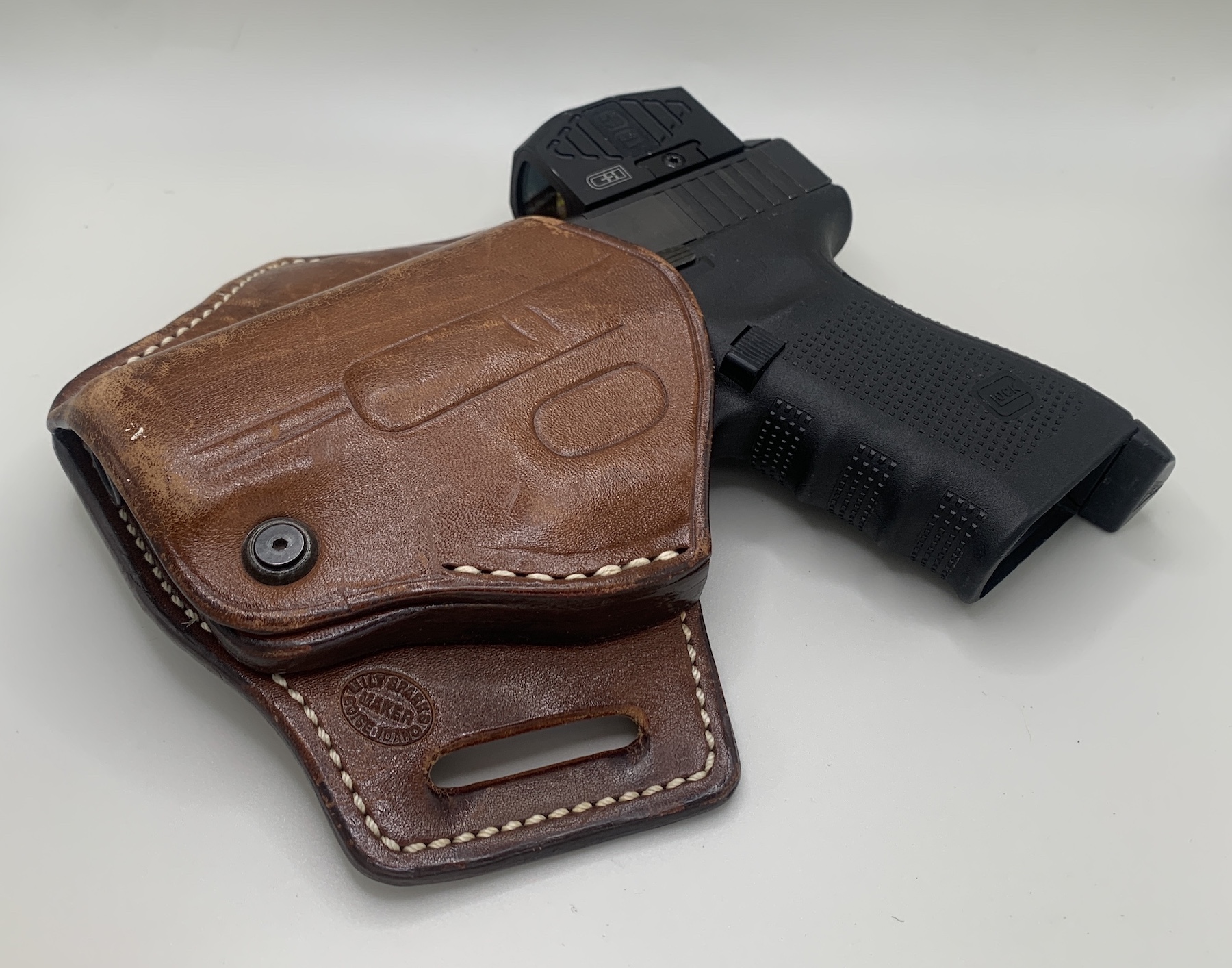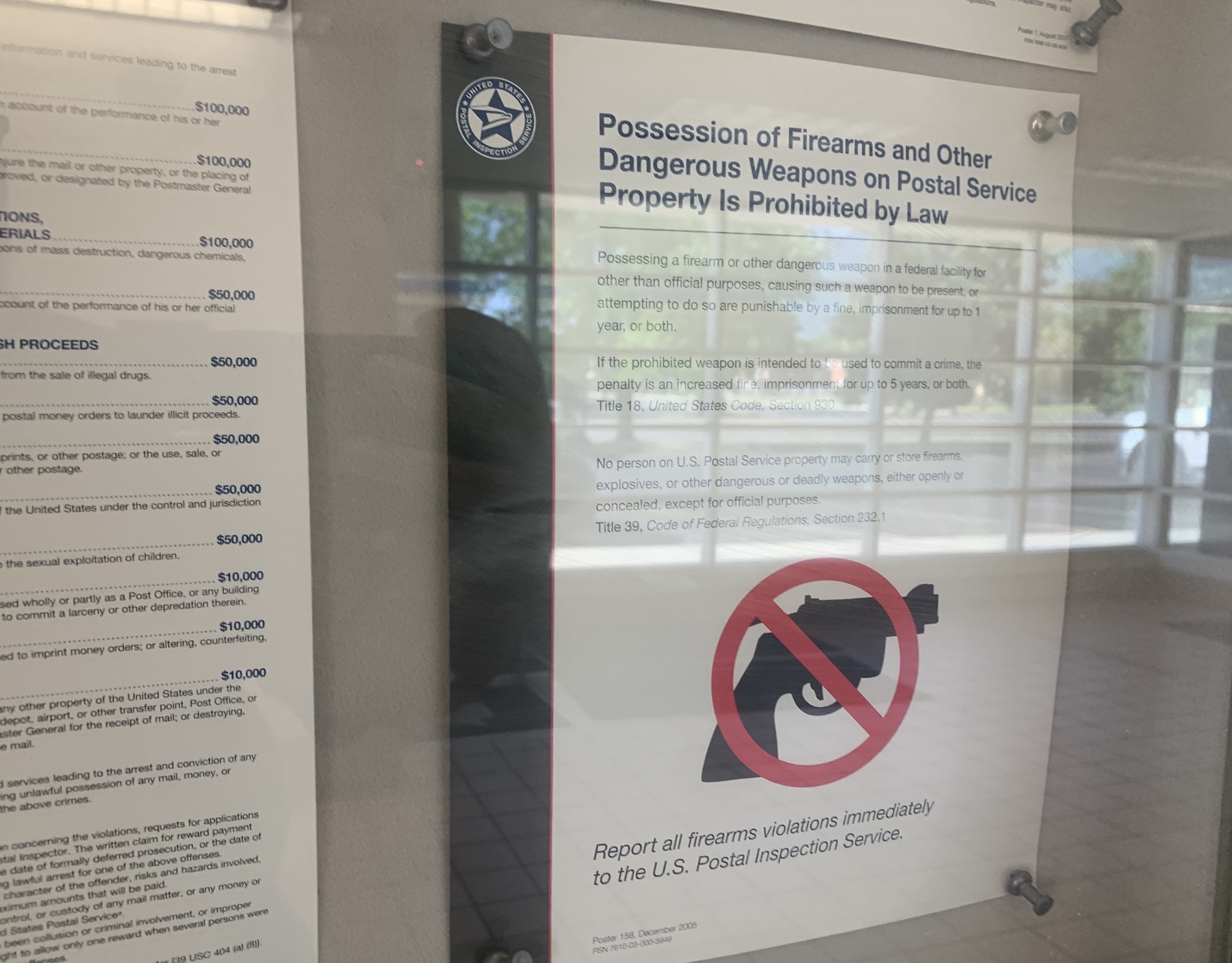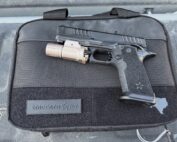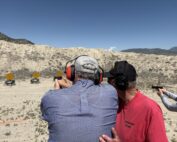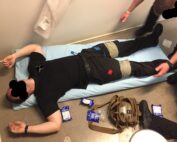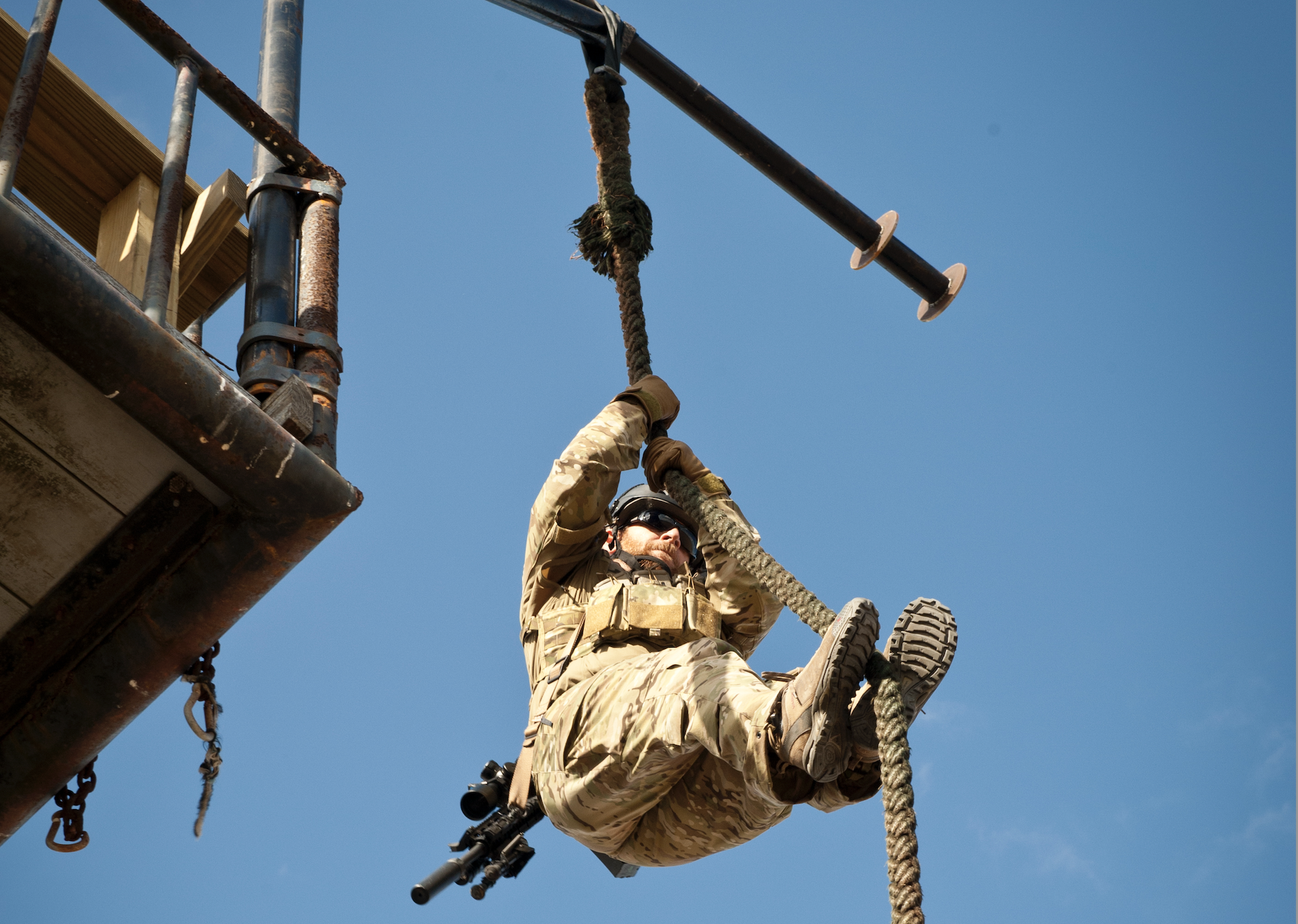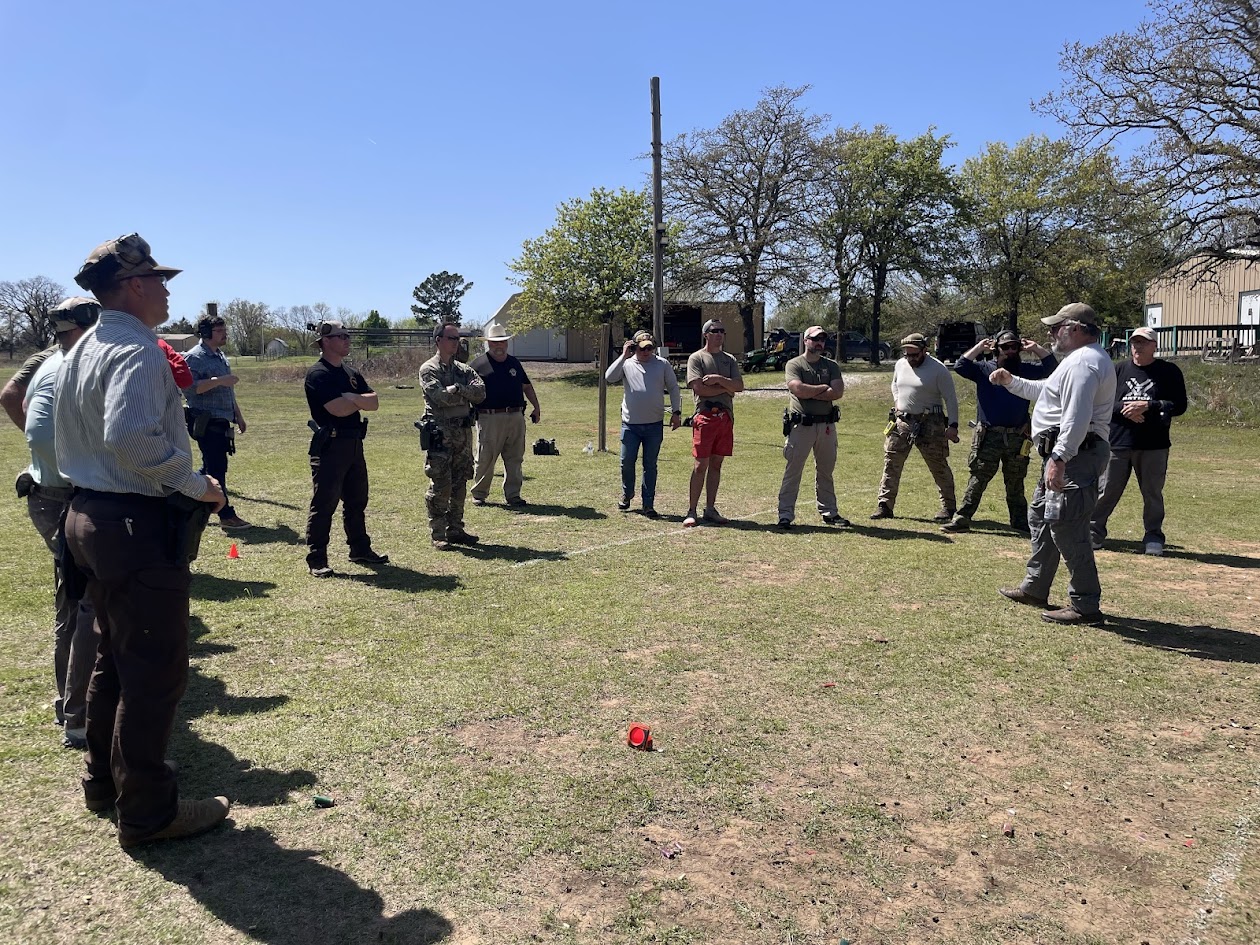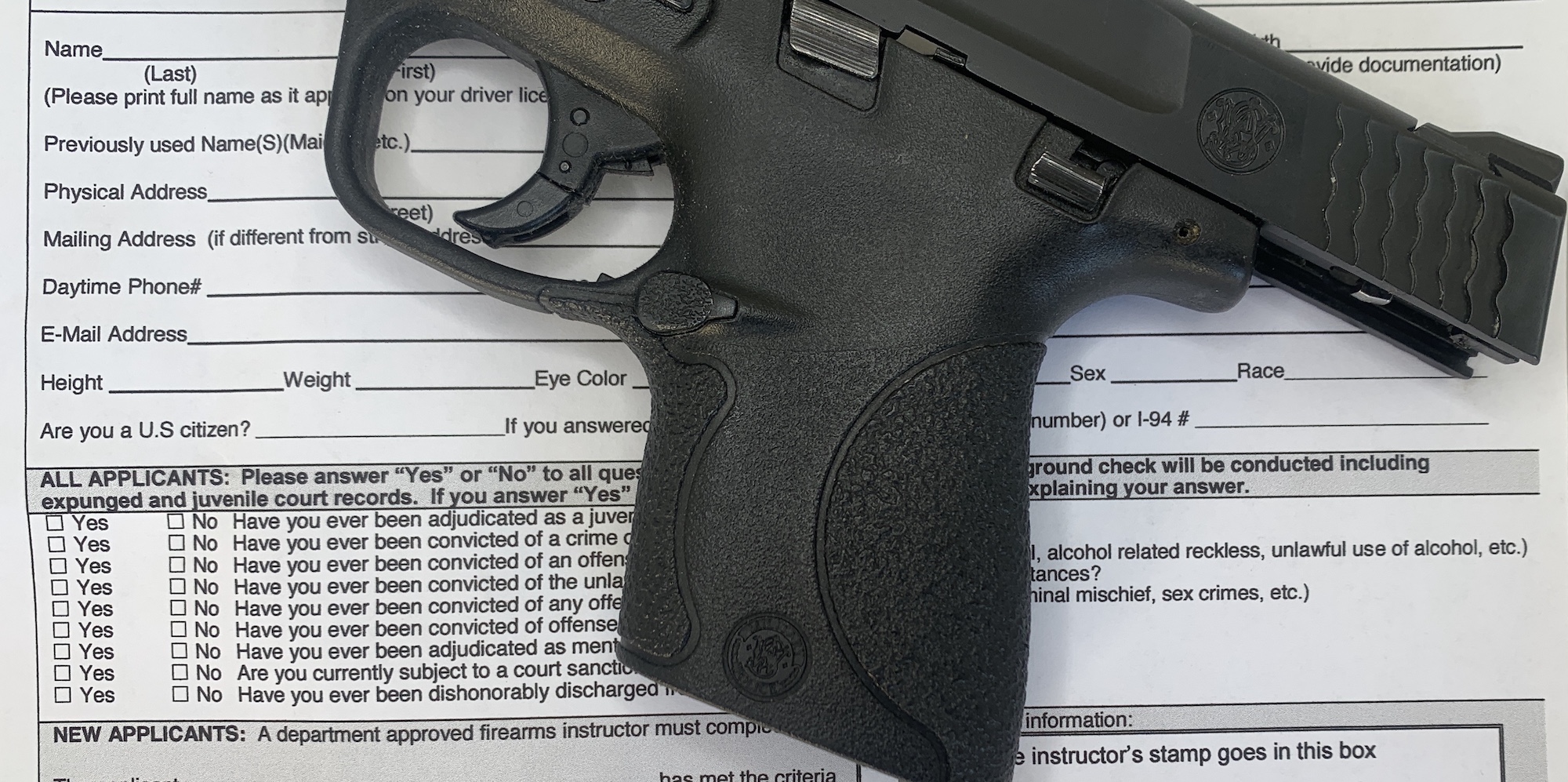
arIMG_7881
For the last thirty-plus years, I carried – concealed – off-duty under my employment. And while that was perfectly legal in my home state the entire time, it was not until HR-218, also known as the Law Enforcement Officers Safety Act (LEOSA), became law that I was legally able to do so across all fifty states. That was in 2004, nineteen years ago. There were no discussions of the differences, the minutia of each state’s deadly force laws. Someone thought that if cops followed their state laws, agency policy, or academy teachings, they would be fine.
As I get further into retirement, and with this country’s internal changes, having a concealed carry permit and LEOSA is a good thing. A permit that is valid in many states would be a good idea.
Considering that, I recently took a resident/non-resident concealed carry permit class. After completing that course, I would be on my way to a multi-state permit. I’ll touch on some important takeaways from the class.
Holsters
Do you have to use a holster? Yes, but wait, what is a holster? They have a legal definition. A holster must completely cover the trigger, trigger guard, and part of the slide/frame. Those minimalist trigger guard covers, as you could use in a chest pouch or fanny pack, are not acceptable.
Concealed? Or Covered?
There are several ways to carry a concealed handgun. We talked through those different styles. For most, the pros and cons were thoughtfully discussed.

This is not even covered and certainly not concealed. It is not brandishing, but it could get you asked to leave.
Another student asked if printing – having your handgun’s shape seen through your clothing – would be considered brandishing? Brandishing is the unlawful display of a firearm to intimidate or scare others. We were told that printing is not brandishing. Good to know, as the subject of brandishing was one thing I wanted to be covered.
Unfortunately, this was not followed by a discussion on the importance of concealed meaning concealed, rather than just covered.
Legal Terms
The host state uses the phrase “lethal force,” instead of deadly force. Knowing the verbiage is a good thing. The lecture emphasized “shooting to stop,” not shooting to kill or wound. Additionally, the desired end-state was neutralizing the threat, as in they are no longer a threat.

Training aids used during the class were dummy guns or unloaded firearms inspected by the instructor and students.
We were told the criteria to use lethal force in defense of ourselves, or another was based on the imminence and intent of that person to cause death or serious bodily injury (SBI). The SBI could be permanent (loss of eyesight or limb, disfigurement) or temporary (loss of consciousness, broken bones, etc.).
We were not in a Stand Your Ground state. However, we were told we had no obligation to retreat. Then, we learned we must exhaust every option available before resorting to lethal force. I’ll have to think about this for a while.
In my home state, violating the laws against brandishing and assault with a deadly weapon (ADW) are two concerns if you draw a handgun. We were told any display of an unholstered firearm is brandishing, a class A misdemeanor. Pointing a firearm at someone for any reason is a Class 3 felony. Gripping a holstered handgun is ok, but low ready is brandishing. Good to know. This does not apply within your dwelling.

Only one company – FlashBang Holsters – was mentioned by name, and that was in a positive way (photo courtesy of FlashBang Holsters).
There, permit holders can say they’re carrying a gun, show it, or even grip the holstered handgun to de-escalate the event. You cannot do it to intimidate or scare another. Saying “… or you will be shot” is ok, but drawing is not.
What about a requirement to use lethal force on behalf of a third party, especially an unknown third party? No. Our instructor offered that he believed there was a moral obligation to do so.
We segued into concerns about interceding for a 3rd party. Several examples, that were at best partial, were given. The importance of knowing the totality of circumstances before inserting yourself into someone else’s event was emphasized. Legal ramifications were re-emphasized.
Few states allow you to use lethal force to defend personal property. This one was no different. The instructor emphasized that point. He added that one could use less than lethal force to defend that property.
One frequent question is whether one should drink alcoholic beverages while armed. Not drinking is the “A” answer. However, not everyone will follow that. Under that permit, you cannot exceed 0.05% BAC if armed. That is the same standard for anyone with a commercial driver’s license. It is difficult to argue against that.
Where to shoot?
The appropriate target area was described to us as being from the “collar bone to belly button.” We were told that two shots with .380ACP or larger to that area would often result in the offenders’ death.
Based on experience and more, my peer group looks for a target area the size of a grapefruit to B8 target in the upper chest as being most viable.
There was no live fire in this class.
Where can you carry it?
There was an extensive discussion on where you could or could not carry based on open, constitutional, and permit carry. Generally, if you were “made,” you could be asked to leave, and if you refused, police could issue you a trespass citation. Unfortunately, we did not re-visit the importance of truly carrying concealed instead of just covering the gun.
Aftermath
The possibility, not probability, of one experiencing post-traumatic stress was appropriately covered.
Interactions with the Police
What about getting pulled over? Our instructor discussed the importance of not inadvertently escalating the stop by yelling things, jumping out of the vehicle, etc. He recommended after stopping as soon as reasonably and safely possible, you turn off the engine, turn on the interior lights, and roll down the windows. Legally, a CCW permit holder must tell the officer how many firearms are in the vehicle and where they are. It was good to know that requirement.
One benefit for permit holders is that the background check and fee for handgun purchases are waived since that state re-runs every permit holder nightly.
I got some good location-specific information, and that isn’t a bad thing.
RESOURCE:


 (No Ratings Yet)
(No Ratings Yet)